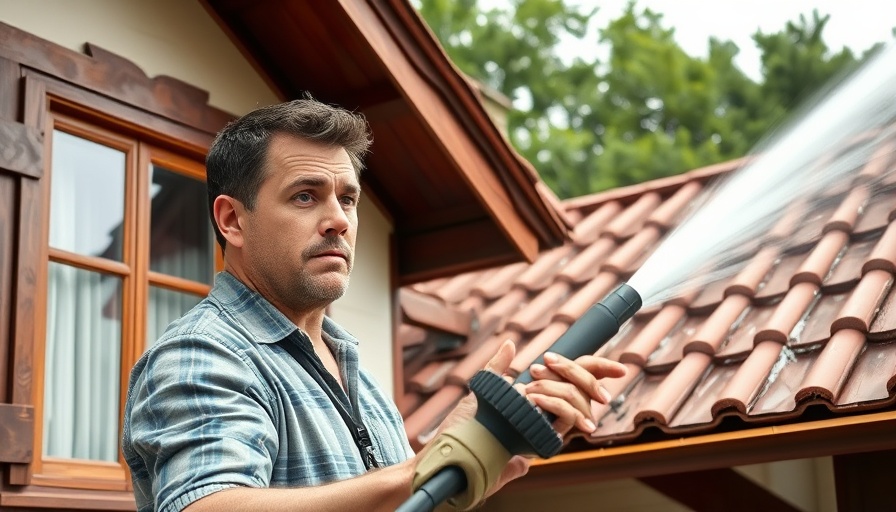
Why Exterior Cleaning Matters: The Impact on Your Home
Over time, even the most cherished homes can show wear and tear, decreasing their visual appeal and potentially leading to maintenance issues. This is especially critical for homeowners looking to maintain or increase their property's value. Regularly cleaning your home's exterior not only keeps it looking fresh but also protects it from long-term damage.
Consider this: a home that sparkles and shines can have a significant impact on its curb appeal, making it more inviting to guests and potential buyers. In an ever-competitive real estate market, every advantage counts.
Signs Your Home is Due for a Deep Clean
Recognizing the signs that it’s time to clean your home’s exterior can save you time and money. Here are four key indicators:
Moss, Stains, and Debris
Your roof, gutters, and siding are the first lines of defense against the elements. If you see vertical growth, stains, or significant debris, it’s time for action. Ignoring these signs can result in larger issues like water damage or compromised structural integrity.
The Hazy Window View
Are your windows looking foggy or grimy? This is another sure sign it’s time for a cleaning. Not only does dirty glass affect your home's appearance, but it can also reduce the natural light entering your space, impacting your mood and energy efficiency.
Dirty Siding
Dirt and grime can accumulate on your home’s siding, making it appear dull and unwelcoming. Moisture-prone areas are particularly susceptible and should be checked regularly. In areas prone to desert dust, like parts of Arizona, homeowners may notice a quick accumulation of dirt that can dull the shine of their home.
Deteriorating Solar Panels
If you’ve invested in solar panels, keeping them clean is essential for efficiency. Dull solar panels fail to capture sunlight effectively, meaning you may not be getting the energy savings you expected.
The Cost-Effectiveness of Professional Cleaning
As a homeowner, the question often arises: should I hire a professional or do it myself? While DIY cleaning can be cheaper upfront, professional services often provide better results due to access to specialized equipment and expertise. Heavy-duty cleaning not only revitalizes your home’s appearance but also helps in identifying underlying issues before they become costly repairs.
Taking Action: How Often Should You Clean?
How often should you engage in exterior cleanings? Experts suggest at least twice a year, though this may vary based on your geographic location and environmental factors. Regular cleaning not only prolongs the life of your home’s paint and structure but also keeps it looking its best as you navigate the ever-changing housing market.
Investing in Your Home's Future
Investing time and resources into cleaning your home’s exterior can yield impressive returns. With the right maintenance, you enhance the lifespan of your property while maximizing its appeal in the eyes of potential buyers, particularly in today’s competitive real estate market.
Frequently Asked Questions
A few common inquiries often arise regarding exterior cleaning:
- How often should I clean my home’s exterior? Experts recommend at least twice a year.
- Can professional cleaning help prevent home damage? Absolutely, regular cleaning helps catch issues early.
- Does cleaning the exterior enhance my home's value? Yes, a well-maintained exterior can increase curb appeal and property value.
Consider the state of your home. With spring in full swing and summer approaching, now might be the perfect time to assess your cleaning needs. Regular exterior maintenance can protect your investment and keep your home looking its best.
Don’t wait until it’s too late. If you notice these signs or if you want to avoid future damage and costly repairs, take action today!
 Add Row
Add Row  Add
Add 



Write A Comment